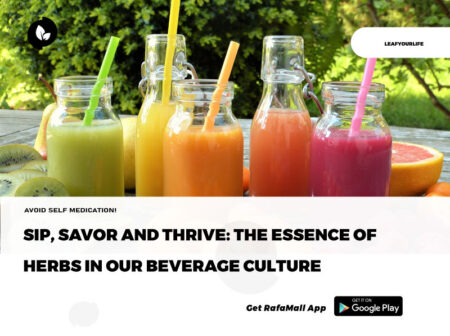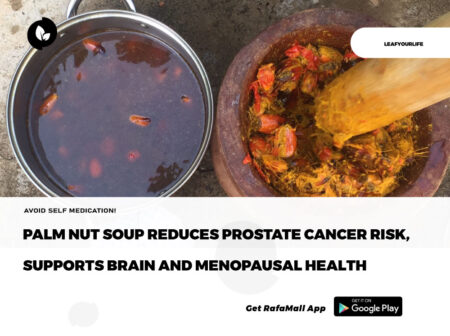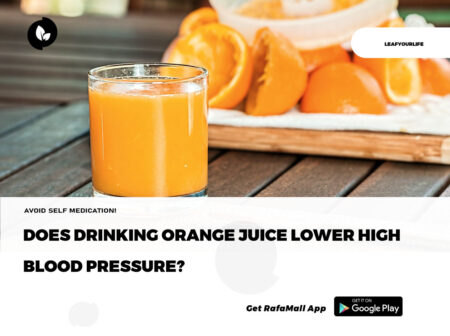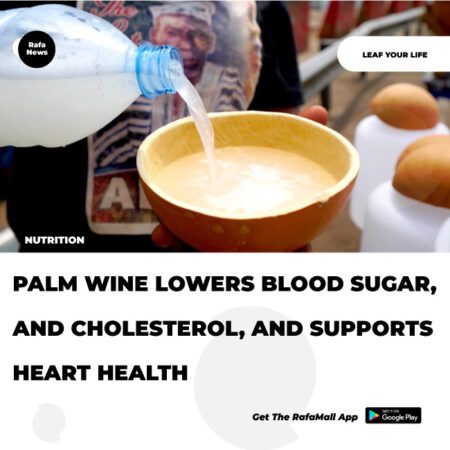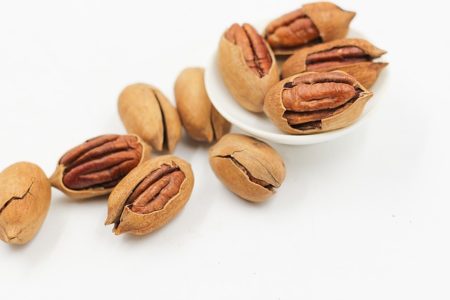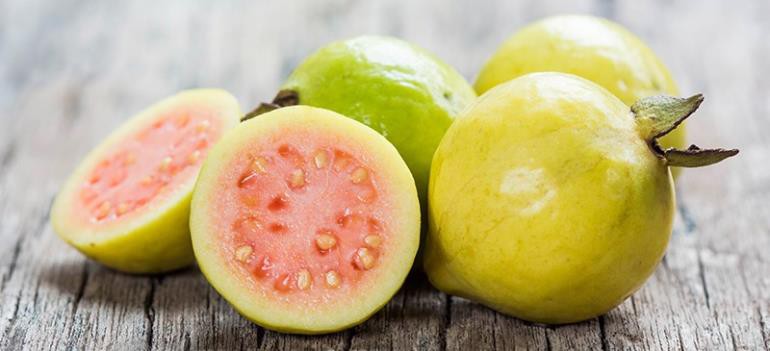
The high potassium levels in guava fruit have been proven to naturally lower blood pressure and blood lipids according to a study by Singh et al 1993 titled Can guava fruit intake decrease blood pressure and blood lipids? Published in the Journal of Human Hypertension. This study was a randomized, single-blind, controlled trial conducted to examine the effects of guava fruit intake on Blood Pressure and blood lipids in patients with essential hypertension. the study involved 145 hypertensives that entered the trial, 72 patients were assigned to take a soluble fiber and a potassium-rich diet containing 0.5-1.0 kg of guava daily (group A) and 73 patients to their usual diet (group B), while salt, fat, cholesterol, caffeine and alcohol intake were similar in both groups for four weeks. Potassium is one of the most important minerals in the human body, for it’s an electrolyte and combats the negative effects of too much sodium, a common feature of the Western diet. High sodium intake leads to heightened blood pressure and, ultimately, heart disease.
In fact, potassium is crucial for healthy heart function. It also plays a part in reducing kidney stones, risk of stroke and bone loss in one 2004 report by Janice Hopkins Tanne titled Americans are told to reduce sodium and increase potassium intake published Britsih Medical Journal.
The report was based on a comprehensive review of the scientific literature and was sponsored by a number of US and Canadian governmental organizations and foundations. The report says unequivocally that blood pressure rises progressively as sodium intake increases. About 25% of Americans have high blood pressure, and more than half of people aged over 60 do.
Healthy adults aged between 19 and 50 years should consume 1.5 g of sodium (equivalent to 3.8 g of salt) a day to replace losses through perspiration but should not exceed 2.3 g (5.8 g of salt), the report said. The upper limit should be lower in people aged over 50 and people with hypertension, diabetes, or kidney disease because they are especially sensitive to the hypertensive effects of salt.
“If people choose foods to meet this level of sodium intake, they should be able to meet the recommended intakes for other nutrients such as calcium and vitamin A as well,” said Dr. Lawrence Appel, chairman of the panel behind the report and professor of medicine, epidemiology, and international health at Johns Hopkins Medical Institutions.
The bad news is that more than 95% of American men, 90% of Canadian men, 75% of American women, and 50% of Canadian women regularly consume more than the recommended upper limit of sodium. Median daily salt intake ranges between 7.8 g and 11.8 g (according to age group) in US men, 5.8 g and 7.8 g in US women, 7.1 g and 9.7 g in Canadian men, and 5.1 g and 6.4 g in Canadian women. These figures do not include salt added at the table, so total intake is probably higher.
Furthermore, Americans and Canadians are consuming only about half the recommended daily amount of potassium: 4.7 g. Potassium blunts the effects of salt, lowers blood pressure, and reduces the risk of kidney stones and bone loss. US men consume 2.8 to 3.3 g of potassium and women 2.2 to 2.4 g. Canadians consume somewhat more potassium than Americans, but African-Americans in the United States consume less.
Increased potassium intake may be especially beneficial for African-Americans, the report says. The panel did not set an upper limit for potassium, but people with kidney dysfunction and people taking some drugs ought to take less.
“Eighty percent of the sodium comes from processed food. There are very few high sodium foods. Almost all are added during processing,” said one of the committee members, Dr. Paul Whelton, professor of epidemiology and medicine at Tulane University Health Sciences Center, New Orleans. Fruit and vegetables are naturally high in potassium, low in sodium, high in fiber, and high in antioxidants, he said.
Speaking at a press conference, Dr. Appel pointed out: “Two slices of pizza contain about half of the upper level of sodium. Consuming this one meal would leave little room for additional sodium intake at other meals throughout the day.” He called for the government to work with the food industry to decrease the amount of sodium in prepared and processed foods.
Dr. Whelton said that high sodium intake was implicated in major health problems: 15 million deaths a year worldwide from cardiovascular disease and stroke, three times as many serious incidents requiring hospitalization, and 10 times as many less serious incidents.
“You can’t treat sudden death, but you can treat the precursors. Long term, we have to tackle the issue of diets and blood pressure and cholesterol,” he said. This is the landmark case to get guava in your diet to avoid low potassium levels. Also according to the Harvard Health 2010 and 2016 By preventing your blood from thickening too much, guava consumption may help lower your blood pressure. Food containing little or no fiber, such as refined flour, can make high blood pressure (aka hypertension) worse because these foods tend to turn to sugar.
Another study in India by Singh et al 1992 titled ‘Effects of guava intake on serum total and high-density lipoprotein cholesterol levels and on systemic blood pressure’ published in American Journal of Cardiology involved 120 participants with high blood pressure who were given guava to eat before meals for 12 weeks. This brought about an overall decrease in the study subjects’ blood pressure levels. Further, “total and soluble fiber and vitamins and mineral intakes were significantly higher.
One interesting study by Kim et al 2016 titled Protective effects of polysaccharides from Psidium guajava leaves against oxidative stresses published in the International Journal Biological Macromolecules. reported that the leaves “inhibited hydrogen peroxide-induced reactive oxygen species (ROS) production, lipid peroxidation, and cell death.
The potassium and fiber content exerts positive leverage on your heart, even as it’s helping to reduce blood pressure, as well as stroke, which is closely interrelated with your heart according to a study by Ojewole JA 2005 titled Hypoglycemic and hypotensive effects of Psidium guajava Linn. (Myrtaceae) leaf aqueous extract published Methods and Findings in Experimental Clinical Pharmacology. Guava fruit is one of the best high-fiber foods, for it offers over 20 percent of your daily value of fiber (even more if the skin is consumed) and is considered a great source of antioxidant dietary fiber by the Journal of Agricultural and Food Chemistry. Guava seeds are also edible and are packed with fiber.
Although most people associate fiber with digestive health and treatment, fiber can do so much more. Because fiber helps to remove fats, sugars, bacteria, and other toxins out of the body, it can help prevent diabetes and heart disease by lowering blood pressure, as well as prevent or reduce diverticulitis and constipation. Because fiber makes us full faster, eating guava fruit can also be a useful
Raphael Nyarkotey Obu, PhD, © 2019
Prof Raphael Nyarkotey Obu is an honorary professor of holistic medicine-Vinnytsia State Pedagogical University, Ukraine, and the President of Nyarkotey College of Holistic Medicine, Tema Community 7, Post office.


